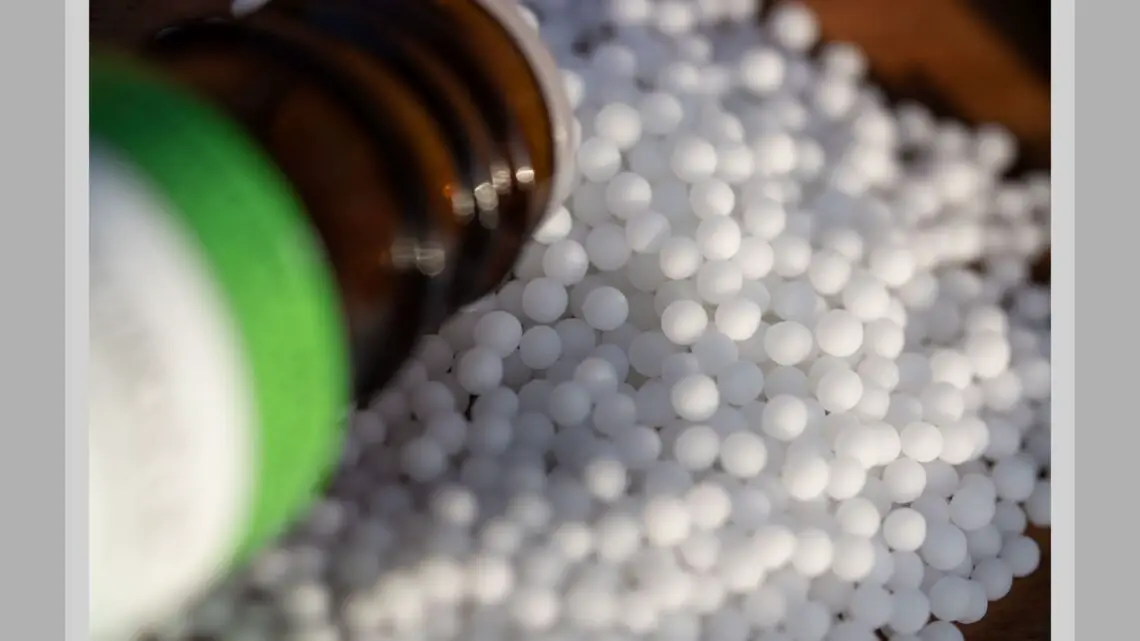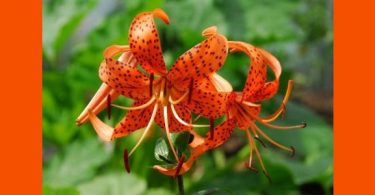Courtesy the Victorian College of Classical Homeopathy http://vcch.org/
As students we learn many aspects of homeopathy from the older masters and the books they wrote, well before any of us were born. James Tyler Kent and his niece, Margaret Tyler, focused on materia medica and especially the essence of materia medica which in turn spawned thousands of books about remedies spanning the last hundred years. But prior to this time, the study of remedies was not more important than how to find the right remedy. Just because we study remedies in great detail – through keynotes, common pathologies and mind or essence pictures – doesn’t mean we will find the best remedy as a result of this study. Some practitioners spend years trying to find a successful remedy for themselves – let alone for their patients, family and friends.
Second to the genius of Hahnemann, was the genius of Boenninghausen. Born in Germany (1785-1864) Clemens Maria Von Boenninghausen was one of the first non-medically trained contributors to homeopathy. He was also a lawyer and his legal mind gave him an insight into Homeopathy that the medically trained Hahnemann missed. Hahnemann’s discovery and development of Homeopathy was pure genius but as a medically trained doctor his focus was on disease and the diagnosis of disease. He labeled his own miasmatic model with disease names and created a construct of disease origin. This has meant that homeopathy has always had one foot in the medical model whilst at the same time it has always strived to be better than the medicine of its day.
Hahnemann recommended against the folly of interpretation and advised against using the doctrine of signatures. His masterpiece and the foundation of homeopathy, The Organon , was called ‘The Rational Art of Healing,’ indicating he would never have supported any use of his system that involved an excess focus on emotions or subjective interpretation, let alone any suppositions based in mysticism. Boenninghausen then took homeopathy one important step further when he recognised the importance of generalisation. Generalisation is the ultimate rational way of approaching a case.
As students we learn the difference between specific and general symptoms and yet most repertories have a majority of rubrics that cover specific symptoms. Many students and practitioners search for hours to find the exact specific rubric for the symptom their patient is presenting with. But specifics are the realm of conventional medicine and science and don’t allow for the perfect concept of totality formed from generalisation. So in effect there are three ways to look at a case —
· Mind – with focus on the emotional aspect of the mind
· Body – with focus on specifics – whether disease or organ or single symptom
· General patterning – where the body is viewed as a totality and its actions under duress or stress (whether physical or emotional) are observed in a rational way, and matched to a remedy with a similar general pattern
General patterning is what Boenninghausen called “the generals”. These types of patterns display themselves in relation to time, environment, weather, movement and to general body systems such as appetite, thirst, perspiration, thermals and sleep. Generals can seem so simple and yet hold the key to finding the correct similar remedy. Specifics are far less important and do not yield success nearly as often as using generals.
So why did we forget generals? Perhaps it is because they aren’t as interesting, or deep, or as touchy feely as specific symptoms or emotions? Or is it because they do not uncover deep indwelling issues within us, or prophesize which illness we have or may be developing? Whatever the reason, the generals are a constant barometer of our body in relation to stress. That is, when general patterns emerge, they are a sign to the patient (and practitioner) that the vital force is under stress – and a sign to the practitioner that this pattern is the pattern of the required remedy.
So the first thing homeopathy forgot was the year 1846 when the 2nd most important book in homeopathy was published: Boenninghausen’s Therapeutic Pocket Book – the first combined repertory of any significance that focused on how to use generals. This book and its introduction, is a gem, and a must read for all homeopaths.
The second thing homeopathy has forgotten about is a miasm theory that centres around the three primary miasms. Hahneman’s miasm theory was formed between 1816 and 1828 when he wrote Chronic Diseases, and his theory only included three miasms – psora, sycosis and syphilis. Perhaps the miasms haven’t been forgotten to the same degree as using the generals – in fact there are many interpretations of miasms worldwide – but nearly all of them are based on disease models – models that don’t fit the modern paradigm of homeopathy. Homeopathy as a system, is based on, and works with, general patterns found in nature.
There is one miasm model based on general patterns found in nature – the Homeopathic Facial Analysis method (HFA). This method recognises the genius of Boenninghausen through the repertorisation process, where a case always includes general rubrics, and sometimes only uses general rubrics. HFA provides the extra benefit of utilising general patterns found on the face. Every face is shaped by the indwelling force or energy that also represents our generals. When the face “generals” and the body generals are cross matched, successful remedies are not hidden from us. HFA uses a rational objective approach in both the analysis of the case, as well as the choice of remedy. The successful results remind us of both the genius of Hahnemann and the genius of Boenninghausen – the master who discovered the primary miasms and the master who developed generalisation.
For more information about Homeopathic Facial Analysis visit http://vcch.org/






DEAR DR,
THERE ARE ALREADY CONSTITUTIONAL, PATHOLOGICAL, MIASMS, GENERALS, PECULIAR, CONCOMITANT,MENTAL,CAUSES OF DISEASE, SENSATION METHOD ARE USED BY ALL QUALIFIED HOMEOPATHS TO FIND A CORRECT REMEDY. ARE WE NOT MAKING HOMEOPATHY MORE AND MORE DIFFICULT BY ADDING FACE ANALYSES? TOMORROW IT MAY ADD PALMISTRY, NUMEROLOGY, ETC
THANKS
This is a beautifully written article and a wonderful reminder that Homeopathy works with general patterns. Nowadays there is way too much psychologizing and speculation about mentals. It seems as if some homeopaths would rather be psychoanalysts. HFA cuts through all that subjective material and narrows the choice of remedy by using an objective measure. HFA is one of the most important innovations to come about in in homeopathy in many years. Grant and Louise deserve kudos for all those years of keen observation and analysis that led to HFA.
I would love to learn the facial analaysis! always a pleasure to read what you write Alan!
DEAR DR ALAN,
I WOULD BE GRATEFUL, IF U KINDLY ELABORATE A FEW EXAMPLES OF FA COLLABORATING WITH THE HOMEOPATHIC REMEDIES WHICH HAVE SUCCESSFULLY CURED THE PATIENTS
REGARDS
Human Face isn’t uniform. for the very same reason language isn’t uniform or perfect and a mental symptom like “anguish” or “fear” etc are required to be further reinforced or re interpreted by physical symptoms for confirmation, the facial analysis nevertheless will have to be reinforced by appropriate physical plus mental symptoms. The author herself agrees cross matching the face generals & body generals may be necessary.
Now a genuine doubt arises to successful homeopaths that, wouldn’t such a method hence become superfluous and an unnecessary ritual ? Anyone who can master this face reading and matching the symptoms would be intelligent enough to master the regular method of defining the peculiars/characteristics in each case, framing appropriate rubrics and finally selecting the perfect similimum that is contained in every important rubric to the exclusion of every other remedy.
while I agree with DrDasgupta on this point, the article is worth reading for stressing the importance of Generals and how homeopaths are relying fruitlessly on specific symptoms ignoring the most important “eliminating symptoms” the Generals and lamenting about homeopathy being difficult because of the elusive nature of the similimum.